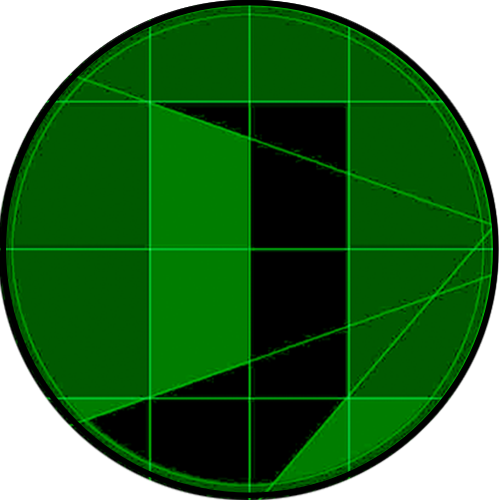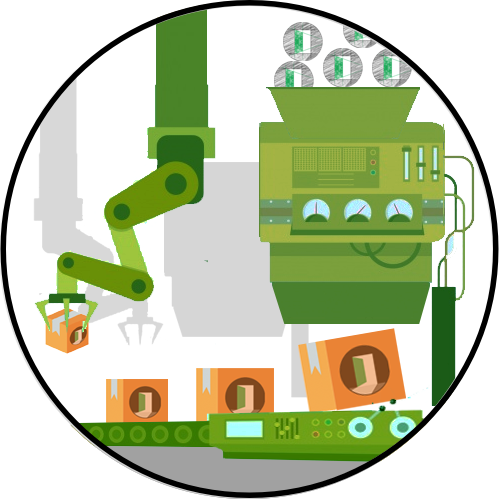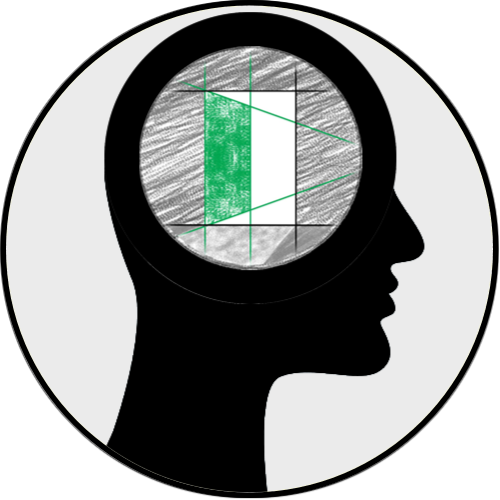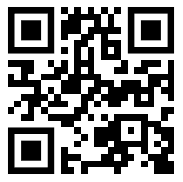First of all
First of all, it's important for you to understand the strategy used in this tutorial to provide quick and pragmatic learning about the PBL methodology and the OpenPBL methodological model. The idea is to present the essential concepts you need to know to understand minimally about PBL and OpenPBL within little time of dedication.
This tutorial was written in the first person and with an informal style. The goal is to make the content easier and more engaging to read for a wider public profile. By the way, my name is Giovanni Farias, entrepreneur and researcher in the areas of Digital Education and Active Learning Methodologies.
Short and Sweet Headlines are Best!
I'm going to try it with a text longer than the other one, to see how is it's behavior.
I'm going to try it with a text longer than the other one, to see how is it's behavior.
Short and Sweet Headlines are Best!
Short and Sweet Headlines are Best!
I'm going to try it with a text longer than the other one, to see how is it's behavior.
About structure
The first section introduces what is called authentic PBL (aPBL), which is the original form of the PBL methodology used by undergraduate medical programs. Having this vision of aPBL is essential to understand the advantages and difficulties in using the methodology in educational contexts other than the medical field.
The second section presents the OpenPBL methodological model, with all its facets: adaptability of PBL to different educational scenarios, use of technology, and facilitating the exchange of methodological knowledge between users.
The third section presents the main technological tool suggested for use, with instructions for configuration and use. It is the Moodle LMS, equipped with a plugin to implement the OpenPBL model.
The fourth section presents examples of PBL activities that make use of the OpenPBL model. These are activities designed by scholars and teachers, based on what they have learned on this site.
About translation
To reach as many people as possible, the content on this site is written in English and translated by an online neural network service into several other languages. Because of this, it is important that you are aware of the following cases:
Occasional translation failures, as they are made dynamically, there may be changes that occasionally change the meaning of the sentence.
1
The English text ends up having its style influenced to mitigate the risk of mistranslation, so some few sentences are longer than necessary.
2
About licensing
The content contained in this documentation, unless explicitly stated otherwise, is licensed me (Giovanni Farias) under Creative Commons | BY-NC-ND. That means you can use it freely, as long as you cite me as the author and this website as the source of information; don't use it for commercial purposes, and don't generate derivatives from this content.

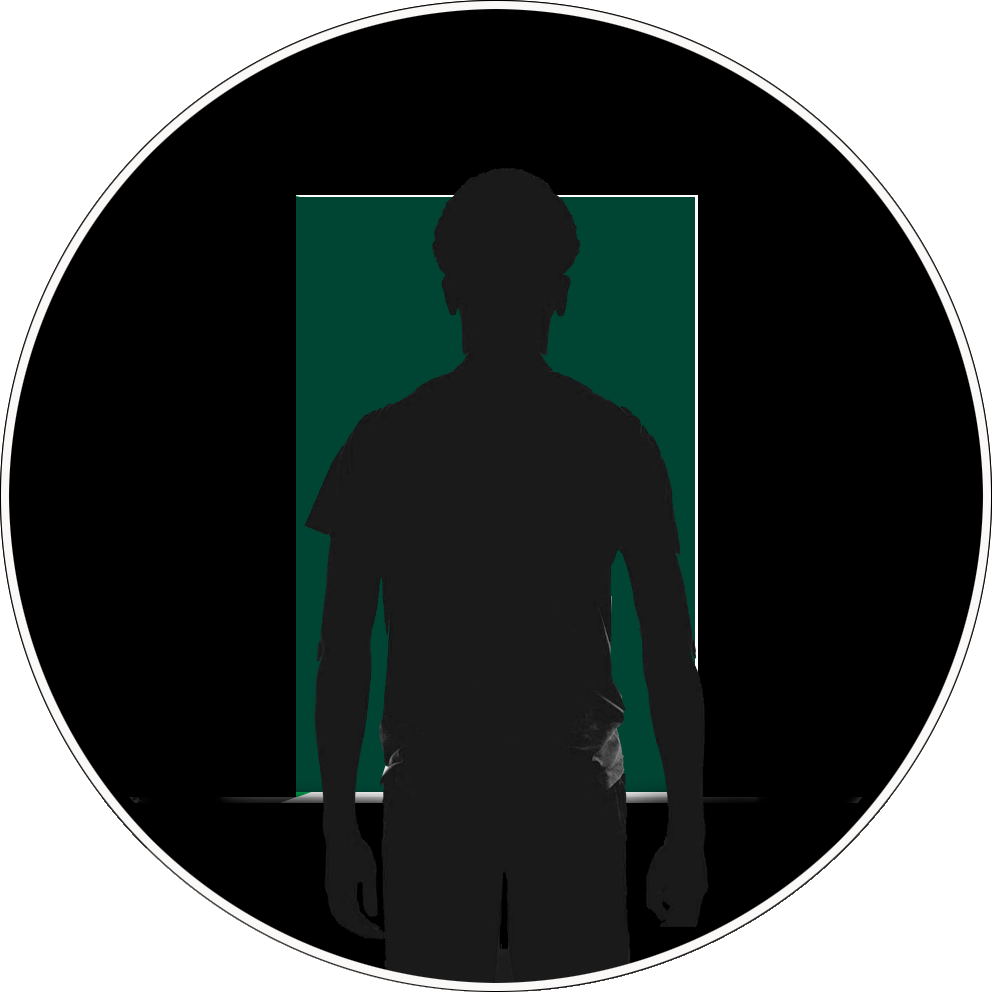
The problem
An ordinary educator who tries to use PBL in his teaching practice sometimes feels lost in a dark room, facing many challenges to overcome. There is little methodological flexibility of the authentic PBL, lack of objective and friendly sources of information, fuzzy terminology, and numerous PBL implementation models, not always aligned with the essence of the methodology. It difficults the use of PBL by educators who do not have the time and/or resources to go further on the topic.

The idea
The idea is to offer support to the educator so that he/she can use PBL flexibly in different areas of knowledge. at different levels of education, and partially or fully in relation to the authentic PBL model. In addition, offering a technology tool that facilitates learning and increases productivity for the implementation of PBL, and yet it enables the exchange of ideas and open educational resources generated by the tools (saving the educator's time and effort). Thus, it becomes easier to disseminate this methodology, which is so important for the training of professionals in the context of the digital society in which we live.

A solution
The proposed solution was a framework that broadly defines a flexible methodological model, adaptable to different contexts, equipped with technological tools that provide productivity in the implementation and management of PBL activities. It is also necessary that the technology allows the generation and sharing of "templates" of PBL activities arrangements, to facilitate the reuse of third party efforts in setting up such activities. Finally, it is necessary to have a knowledge base with a friendly and objective approach to the methodology and components of the framework.
The result
The thesis was supposed to validate the idea specified through a solution to solve the problem. The result was the framework OpenPBL, which contains the four components shown below. The PBL model is the same as proposed in the doctoral thesis. It was underpined on the epistemology of the authentic PBL (aPBL), of Howard Barrows, PhD, considered one of the most important contemporary precursors of this methodology.
The technological tool used to implement the proposed PBL model is the learning management system Moodle (open software), by far the most used LMS in Brazil (and in the world). A plugin was required to evaluate the implementation of the methodology in order to enable Moodle LMS to completely execute the procedures inherent to the authentic PBL.
Aa long as the Moodle LMS was used, it could generate activities (or whole course) backups that could be shared as Open Educational Resources. The educator just needed a Massive Open and Online Course (MOOC) to get started in the other framework components: PBL model, the tool and its "templates or backups.
PBL model
The methodological model designed to underpin the thesis.
Technological tool
The plugin evaluation was based on a high-fidelity prototype.
Open Educational Resources
The PBL activity generated by Moodle/plugin to implemented and shared.
MOOC
A course based on YouTube videos to teach on how to implement to OpenPBL model.
The doctoral research was supposed to validate the proposed solution, based on the idea concieved to overcome the identified problem, from the educator's perspective. The research scope was also limited to higher education only in Brazil (Portuguese language), without considering mobile learning, with a focus on problems (not on projects). The thesis was approved and the published work can be obtained through this link (in Portuguese).
Doctoral research credits:
- Giovanni Farias, Dr, EdD - Entrepreneur, researcher and creator of the OpenPBL - framework and social action.
- Fernando Spanhol, Dr - Professor and researcher at UFSC, doctoral supervisor.
- Marcio Souza, Dr - Professor and researcher at UFSC, doctoral co-supervisor.
- David Kaufman, PhD - Professor and researcher at Simon Fraser University (Canada), honorary mentor.
How it evolved
After the doctoral work has been finished, the Moodle plugin was developed based on the high-fidelity prototype designed for the thesis. Additionally, new functionalities were added to the artefact, in order to support a more sofisticated PBL implementation. The framework's escope has been expanded, including projects, and the MOOC course turned into a knowledge base that contextualizes the use of OpenPBL at different educational levels, now in several languages.
A Non-Governmental Organization (NGO) was also created to formalize partnerships and joint actions between different organizations to disseminate the framework. This website was created to operationalize OpenPBL social iniciative, in order to connect people and resources in order to facilitate the use of the OpenPBL as a framework and a methodology model.


